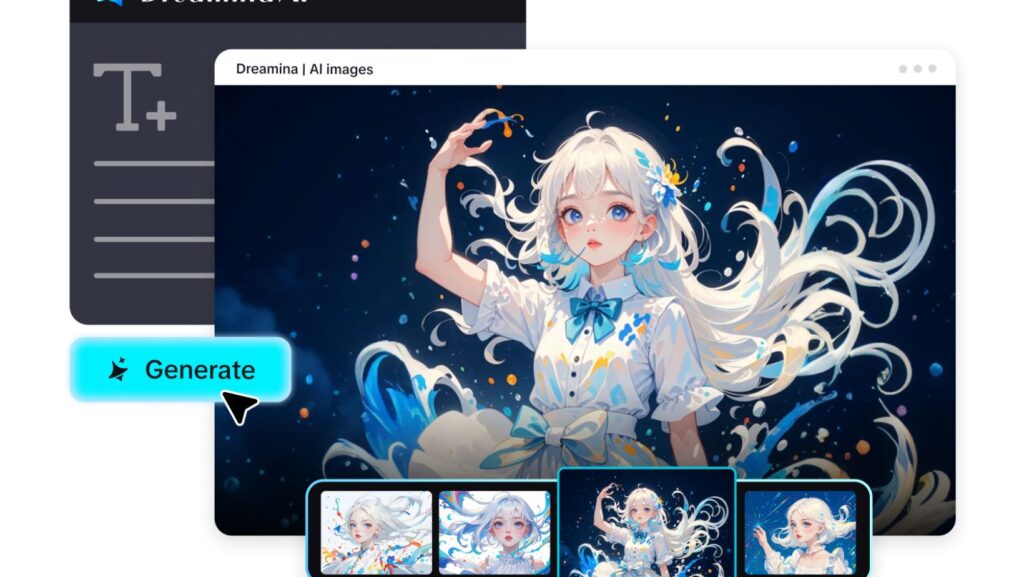Over the past few years, the gaming industry has undergone a paradigm shift. The traditional model of players using financial resources to play games has given way to new models, whereby players can earn real money while playing. The innovative idea, which is called play-to-earn (P2E) gaming, has brought new economic opportunities to millions of gamers in the world, making playing a game a legitimate income generator.
What Is Play-to-Earn Gaming?
In contrast to traditional games, where players spend money on things or pay subscription fees with no investment returns, P2E games give players something back. Rewards can be in the form of cryptocurrency tokens, NFTs or other digital assets with real-world value. There are various ways to obtain them. These include completing a task or winning a battle, breeding digital creatures, or joining a tournament.
Transparency, security and the real ownership of digital assets are all ensured by blockchain technology, on which P2E gaming is based.
In these games, when players receive objects or tokens, they are the owners of these objects or tokens and can sell them, exchange or get them out of the game ecosystem. This form of ownership has also opened up completely different economic opportunities that were never possible within traditional gaming.
The Ways Players Earn Real Money
The earning potential in P2E gaming is highly dependent on the game, level of player skill, time commitment and market forces. There are players who make pocket money, and there are those who have created income streams that can compete with regular jobs. Players earn money in the following most popular ways:
Token Rewards: A number of P2E games reward individual gameplay milestones with native cryptocurrency tokens. You can sell the tokens you earn on cryptocurrency exchanges for cash or other digital coins. Games such as Axie Infinity allow you to earn tokens by completing daily quests and battles.
NFT Trading: In-game players can generate, breed or craft rare NFTs and trade them in different marketplaces. Such digital assets may be characters, weapons, parcels of land, or any other item in-game. There are rare NFTs that sell for thousands of dollars, and this will be a huge source of profit to players who are skilled.
Competitive Gaming: Competitive tournaments and events in P2E games are usually large prize pools paid out in crypto. Tournament winnings along with sponsorship agreements can provide professional players and teams with high incomes.
Asset Staking and Yield Farming: Experienced users can lock their game tokens or NFTs and receive passive income through different decentralized finance (DeFi) mechanisms that are implemented in gaming platforms.
Famous Play-to-Earn Game Portals
The P2E gaming sector has become flooded with new platforms that are trying to establish themselves on the market with various types of gameplay and ways of making some profit. Some of the most recognizable games include Axie Infinity, which involves cute creatures known as Axies that the players can fight, breed, and trade. The game was extremely popular, especially in Third World countries, where the players could make more than the customary minimum wages.
Splinterlands has taken a considerable niche in the trading card game genre, where players receive rewards in battles and tournaments. The economy of the game is centered on the ownership and dealing of digital cards that increase in value depending on how rare and useful they are.
Sandbox and Decentraland are considered to be the metaverse gaming category, where users can purchase the virtual land, produce experiences, and earn money due to their creativity. These platforms have drawn large brands and celebrities, increased the value of lands, and brought about new business opportunities to the virtual entrepreneurs.
Technology of the Revolution
Modern entertainment platforms’ technology has been instrumental in making P2E gaming accessible and scalable. The infrastructure of cloud computing enables such games to support millions of users at the same time with a smooth blockchain integration. High-tech graphics engines establish vivid gaming environments which can compete with the AAA games, and complex smart contract systems automate reward allocation and asset management.
According to Webopedia, the integration of blockchain technology with gaming platforms has created unprecedented opportunities for digital asset ownership and peer-to-peer trading. These platforms use layer-2 scaling solutions, cross-chain bridges and decentralised storage solutions.
Crypto casinos are also influencing the P2E gaming ecosystem, demonstrating transparent, fair gaming experiences via blockchain. These sites have crypto deposits and payments, which means players can withdraw their winnings immediately. Many crypto casinos have incorporated gamification elements borrowed from P2E games, such as loyalty tokens, achievement systems and social features that reward regular participation. The technology stack behind crypto casinos has provided valuable insights, including random number generation algorithms and smart contract automation. These insights have been useful for P2E game developers. They have been able to create fair and engaging reward systems.
This cross-pollination between P2E platforms and casinos has spurred innovation in both industries. The regulatory frameworks being developed for crypto casinos are also helping establish standards for the broader P2E gaming industry. They are precedents of how blockchain-based gaming can exist within current legal frameworks and are continually developing as such platforms are still evolving.
Economic Influence and International Scope
The earnings of individual players are only a part of the economic influence of P2E gaming. P2E gaming is an economic powerhouse in some countries such as the Philippines, Venezuela, and Indonesia, offering an alternative source of income when economies are in trouble. There are already some communities which have established gaming guilds which they run as businesses, loaning out assets to new players and pooling profits.

At its peak, the aggregate market cap of P2E gaming tokens was in the billions of dollars, and attracted institutional investors and traditional gaming firms. Large companies such as Ubisoft, Square Enix, and Electronic Arts have declared their blockchain game projects, indicating the popularization of P2E.
Difficulties and Thoughts
Although P2E gaming has a bright future, it also has a number of problems. The volatility of the market can radically affect players’ income, as the tokens vary depending on the cryptocurrency markets. Other games have experienced issues with economic sustainability, which resulted in devaluation of tokens and low profits.
Future of the Play-to-Earn Games
The future of P2E gaming is looking brighter and brighter with the further development of technology and its mainstream penetration. Many of the existing limitations are being improved with advances in blockchain scalability, user experience, and game quality. The involvement of artificial intelligence, virtual reality, and augmented reality technologies is going to lead to even more immersive and enjoyable games.
With maturation of the industry, we will find more advanced economic models, improved regulation, and integration with the traditional gaming platforms. The idea of people making actual money playing is no longer a trial-and-error type of idea anymore, it is becoming a paradigm shift in the way we view digital amusement and economic potential in the digital era.



